By Robert Barr Smith
It was surely as ungainly a weapon as was ever made, and one of the clumsiest. It was a 3-foot, 32-pound steel tube with a monopod to support it, a huge trigger on the underside, and a padded shoulder piece at one end. The business end had a cutout to receive a rocket with a peculiar-looking spike on its nose. The weapon had neither handles nor any other convenient way of carrying it, and it kicked like a mule.
But it worked.
It was officially known as the Projector, Infantry, Anti-Tank gun, but the soldiers who used it never called it anything but PIAT … and a lot of other names a good deal less complimentary. It came about as a result of the need for a reliable infantry antitank weapon, something the individual grunt could use to hold off hostile tanks carrying increasingly thick armor.
A New Take On An Old Idea
Most armies had begun World War II with antitank rifles as the infantry soldier’s principal defense. The idea was not new. Germany had produced a 13mm weapon in World War I, desperate to combat the devastating effect of British tanks on German infantry. Between the wars, Germany, Poland, the Soviet Union, Japan, and Switzerland all had produced some variant of the antitank rifle, chambered all the way from 7.92mm to 20mm. If dependence on a big rifle to fight tanks seems foolish in hindsight, the designers of the day were combating tank armor that often did not exceed 15mm.
In the autumn of 1937, Great Britain adopted a .56-caliber shoulder-fired weapon called the Boys Rifle. Probably the best of infantry antitank weapons of the time, the Boys Rifle spit its round out at well over 3,000 feet per second. It had a five-round magazine and would penetrate 25mm of armor at half a kilometer, but it weighed 36 pounds and had a monstrous kick. The Boys Rifle saw service in Norway and France, but was soon obsolete.
By 1940, it was becoming clear that the anti-tank rifle was of no real use against the increasingly heavy armor of enemy tanks. Only the Russians kept such a weapon, the 14.5mm PTRD, a cumbersome affair nearly 7 feet long that weighed almost 40 pounds. To protect its infantrymen, the United States opted for the bazooka; Germany chose the panzerfaust; Great Britain’s infantry weapon would be the PIAT.
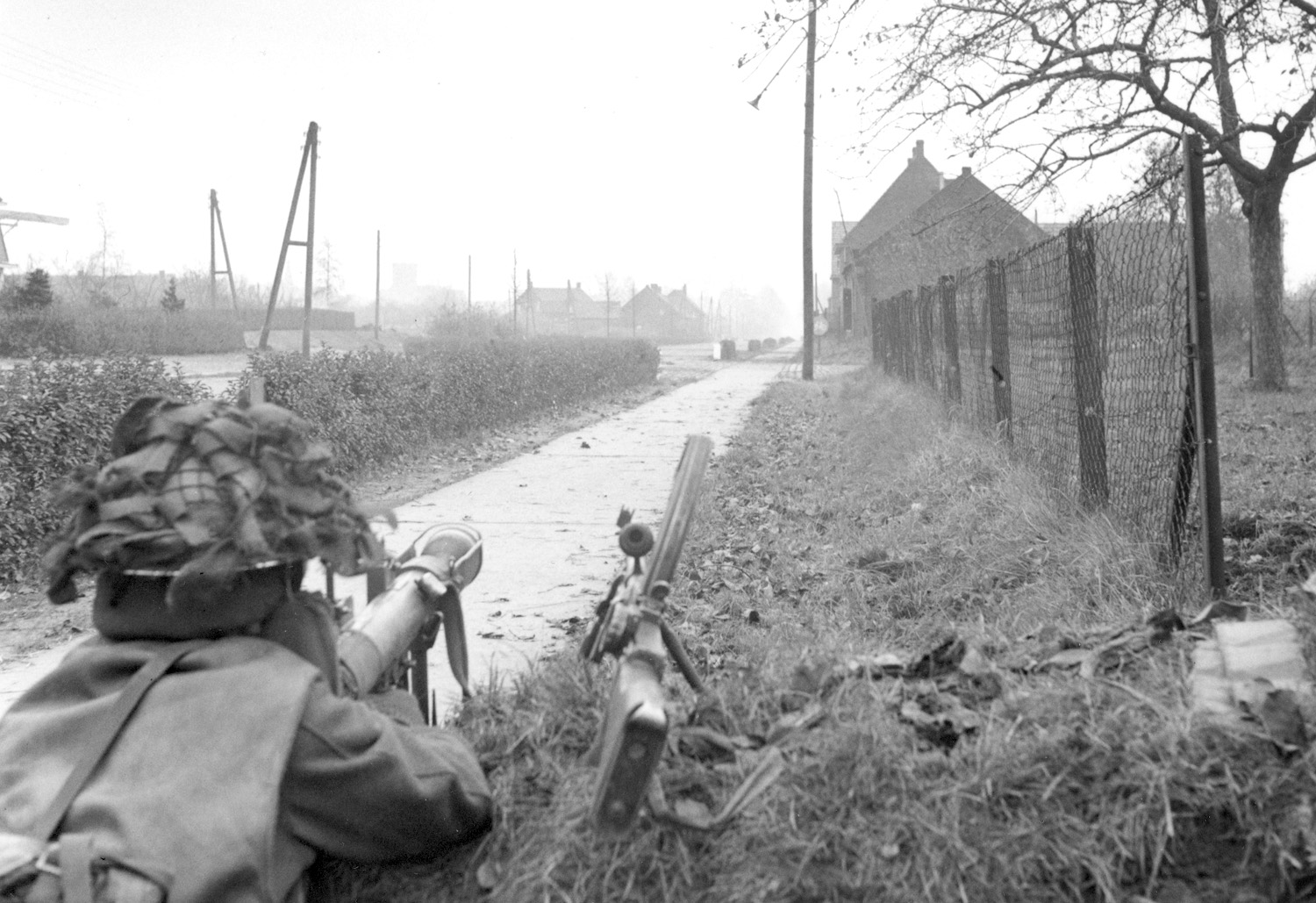
The Shaped Charge
What made these ungainly weapons lethal was the development of the shaped charge. That deadly device is no more than a warhead shaped like a cone, big end toward the target. Its explosion directs the blast forward with enormous force. A jet of gas and molten metal simply strikes the armor at tremendous velocity and cuts through it, destroying everything and everybody inside the vehicle. The explosive force of the charge is dissipated when its shell or other container spins, so this device was best used in fin-stabilized weapons rather than shells fired from rifled barrels.
The principle was nothing new, for it had been around since the 1880s. It was called the Monroe Effect, after the American engineer who first described it. But its refinement was left to a German named Neumann, who discovered that the blast effect was enhanced by lining the cone with metal and backing off the charge from the shell’s meeting point with its target. The German Army used the principle in the hohlladung, the shaped engineer charges that blasted gaping holes in many of the above-ground cupolas and turrets of the great Belgian fort of Eben Emael.
The PIAT was the brainchild of Lt. Col. L.V.S. Blacker, a Royal Engineer, who had been working on weapons since the early 1930s. In 1937, he produced a spigot-mortar bomb-thrower called the Arbalest, which the regular forces rejected in favor of the 2-inch infantry mortar. With the outbreak of war, however, he joined an agency called Ministry of Defense 1 (MD 1), which was dedicated to the development of unusual weapons, mostly for use by underground and special operations units.
There, Blacker resurrected the Arbalest, which in 1941 was at last adopted as the “Blacker Bombard” and issued to the Home Guard and certain airfield defense units. The Bombard was basically a simple 29mm tube with sights, operating on the spigot-mortar principle. It was designed to be either mounted on a sort of tripod or set up in a prepared position, rotating through 360 degrees of arc on a stainless-steel pin set in concrete. It threw a lethal 20-pound bomb.
Why Not a Spigot Discharger?
Blacker, an officer of fertile imagination, had long experimented with the idea of a spigot discharger, a firing device that requires only a short, rudimentary, unrifled tube instead of a conventional barrel. It thus vastly simplified production of any weapon that uses the spigot system, since the barrel of a piece is generally the most complex and time-consuming part to manufacture. Blacker had already applied the spigot principle to the Arbalest, and now he installed it in the “Blacker Bombard.” This device eventually became the PIAT.
The idea behind the spigot system is simple. When the soldier pulls the trigger, a slim rod—the spigot—is driven by a heavy spring into the hollow tail of a missile resting in an open cradle in the nose of the weapon. The spigot then detonates a cartridge in the missile’s hollow tail. The spigot also stabilizes the missile’s direction for the first split second of flight. The missile itself has a long, hollow, tube-like tail to accept the spigot, and the tail is fitted with fins to stabilize the round in flight.
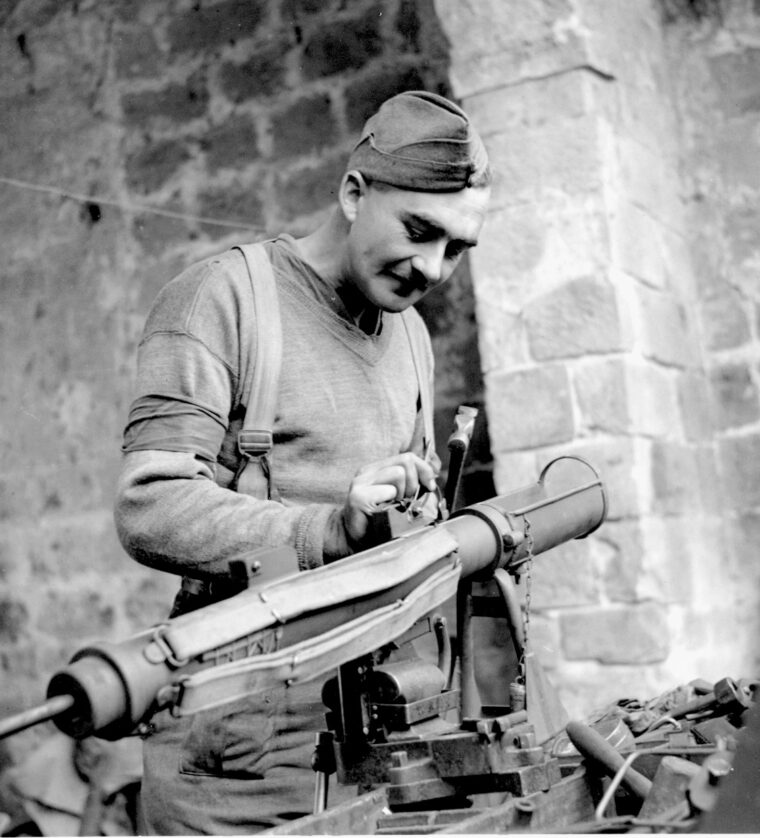
The PIAT’s cocking system bordered on the bizarre. Inside the tube of the weapon was an enormous spring. The soldier unlatched the shoulder pad, stood on it, gave the weapon a half-turn to unlock the body from the shoulder pad, then lifted the weapon straight up, which cocked the spring. When the gunner heard a click, he knew the weapon was cocked. He then reattached the shoulder pad with another half-turn, raised the weapon to his shoulder, and took aim. Cocking the PIAT took a lot of strength. If the gunner could not get enough leverage to overcome the power of the spring, he simply had to start the process over.
Assuming the gunner got the projector cocked, he could carry it in that condition. When it came time to shoot the thing, the soldier or his loader would lay a projectile in the tray at the fore end of the weapon, a sort of cutout in the tube that did duty as a barrel. On the spring’s business end was the spigot, and when the soldier pulled the huge trigger the spring shot forward, driving the spigot into the hollow tail of the rocket grenade. The impact ignited the propellant, and the bomb flew off on its lethal errand, its direction initially imparted by the spigot inside the hollow tail of the missile.
Extremely Effective… Within Its Limitations
The explosion of the propellant blew the spigot and the big spring back down into the tube of the PIAT, cocking the weapon for the next round. They were held in the cocked position by a sear. Now all the soldier had to do—mercifully, he could do it lying down—was to wait until a tank got to very close range and pull the oversized trigger on the PIAT. To fire again, all the soldier or his loader had to do was to slip a new grenade into the little trough at the front of the weapon, take aim, and press the trigger.
The oddest thing about this contraption was that it actually worked.
The PIAT was first called the “Bombard, Baby, 0.625 inch,” the numbers being the diameter of the spigot. In August of 1941 it was at first turned down by the British Ordnance Board, with the somewhat numbing judgment that it “would prove ineffective as an anti-tank weapon under any conceivable conditions of employment.” That decision, which sounded pretty final, was driven at least in part by the fact that the Bombard’s projectile was too light to do much damage to whatever it hit.
However, in early 1942, Blacker’s successor, Major M.R. Jefferis, developed a much more effective projectile. Weighing three pounds, it carried a hollow charge and could cut through 75mm of tank armor. While it would not penetrate as deeply as either the bazooka or panzerfaust, it was a vast improvement on the Boys Rifle. By the summer of 1942, the weapon was in production.
Officially, the PIAT’s range extended to 750 yards, but the men who used it considered it reasonably dependable only to about a hundred. Many soldiers gave it less credit than that. The bomb lumbered out toward its target at between 240 and 450 feet per second, but when it got there its hollow charge bomb was capable of penetrating four inches of armor. In the hands of a cool, determined soldier, it was therefore lethal to the heaviest tank.
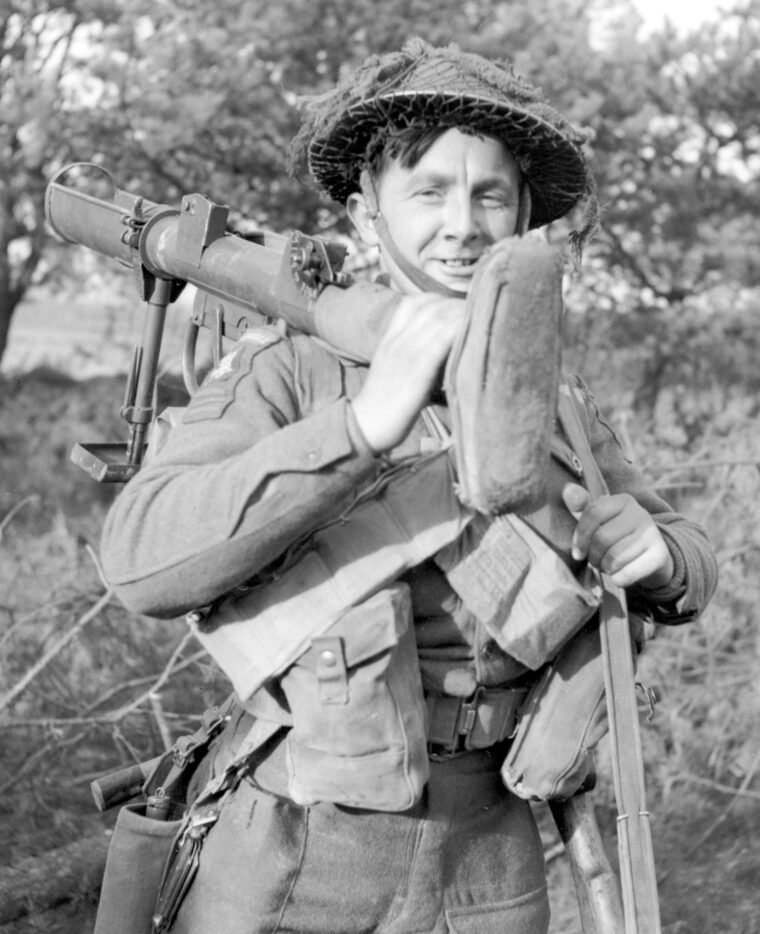
On one occasion in Italy, Lancashire Fusilier Francis Jefferson stood in the open under heavy German fire, shooting his PIAT from the hip. Fusilier Jefferson took on a Tiger tank, which burst into flames, incinerating the crew. Jefferson then turned on a second Tiger, which was apparently intimidated by Jefferson’s astonishing performance. The second tank “withdrew before he could get within range,” in the words of the citation for Jefferson’s Victoria Cross.
The weapon had a monstrous kick. On another occasion in Italy, a British soldier fired his PIAT from the shoulder at a Panther tank. The recoil knocked the soldier on his behind, but he got his tank. “Within its limitations,” as one authoritative weapons encyclopedia put it, “the PIAT was a startlingly effective weapon.” However, that opinion was not universally shared by the men who had to use it.
The PIAT’s Service Throughout WWII
Sergeant “Wagger” Thornton was a member of D Company, Oxford and Buckinghamshire Light Infantry, whose D-day mission was to capture intact and hold a critical road bridge across the Caen Canal in Normandy. Wagger did not love the PIAT. In fact, he detested the clumsy weapon: “The PIAT actually is a load of rubbish, really,” said Thornton many years after the war. “The range is around about 50 yards and no more. You’re a dead loss if you try to go farther. Even 50 yards is stretching it, very much so. Another thing is that you must never, never miss. If you do, you’ve had it, because by the time you reload the thing and cock it, which is a bloody chore on its own, everything’s gone, you’re done.”
Rubbish or not, on D-day at Pegasus Bridge—named by the French for the symbol of the British Airborne forces—Wagger destroyed the lead German tank of a counterattacking force with a single PIAT round, stalling the German push. Somewhat later the same day, another airborne soldier of the same company sailed a PIAT round into a cannon-armed German patrol boat coming up the Caen Canal toward D Company’s precious bridge. On fire, the German boat jammed itself into the canal bank, where its crew surrendered.
Before the day was out, a soldier of the airborne battalion supporting D Company of the Ox and Bucks silenced sniper fire from a church belltower with a PIAT round.
Not a bad day for a load of rubbish.
The PIAT was effective enough to remain in service throughout World War II. It was replaced during the Korean conflict by the American 3.5-inch bazooka, in deference to the thicker armor of the enemy’s Russian tanks.
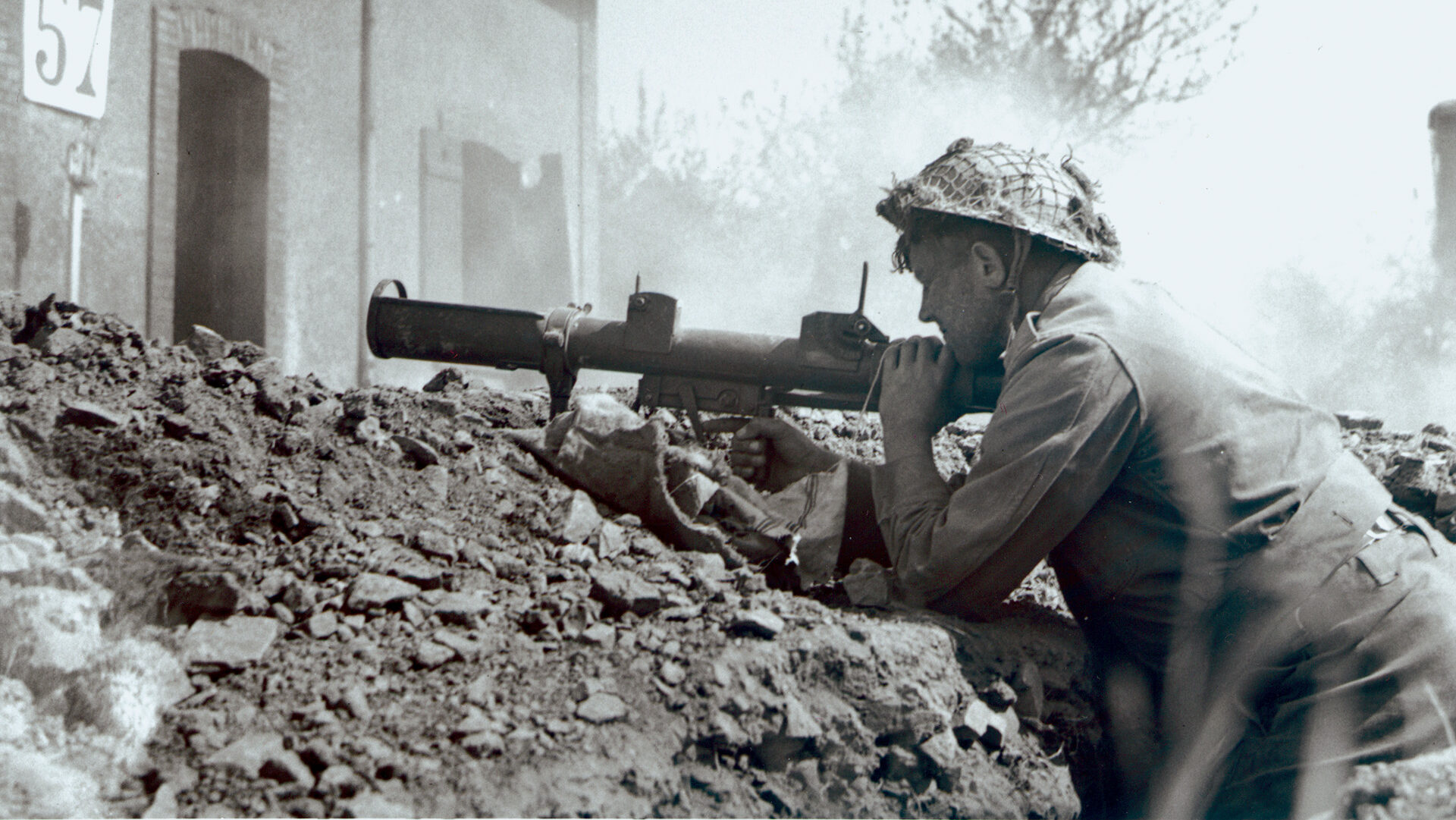
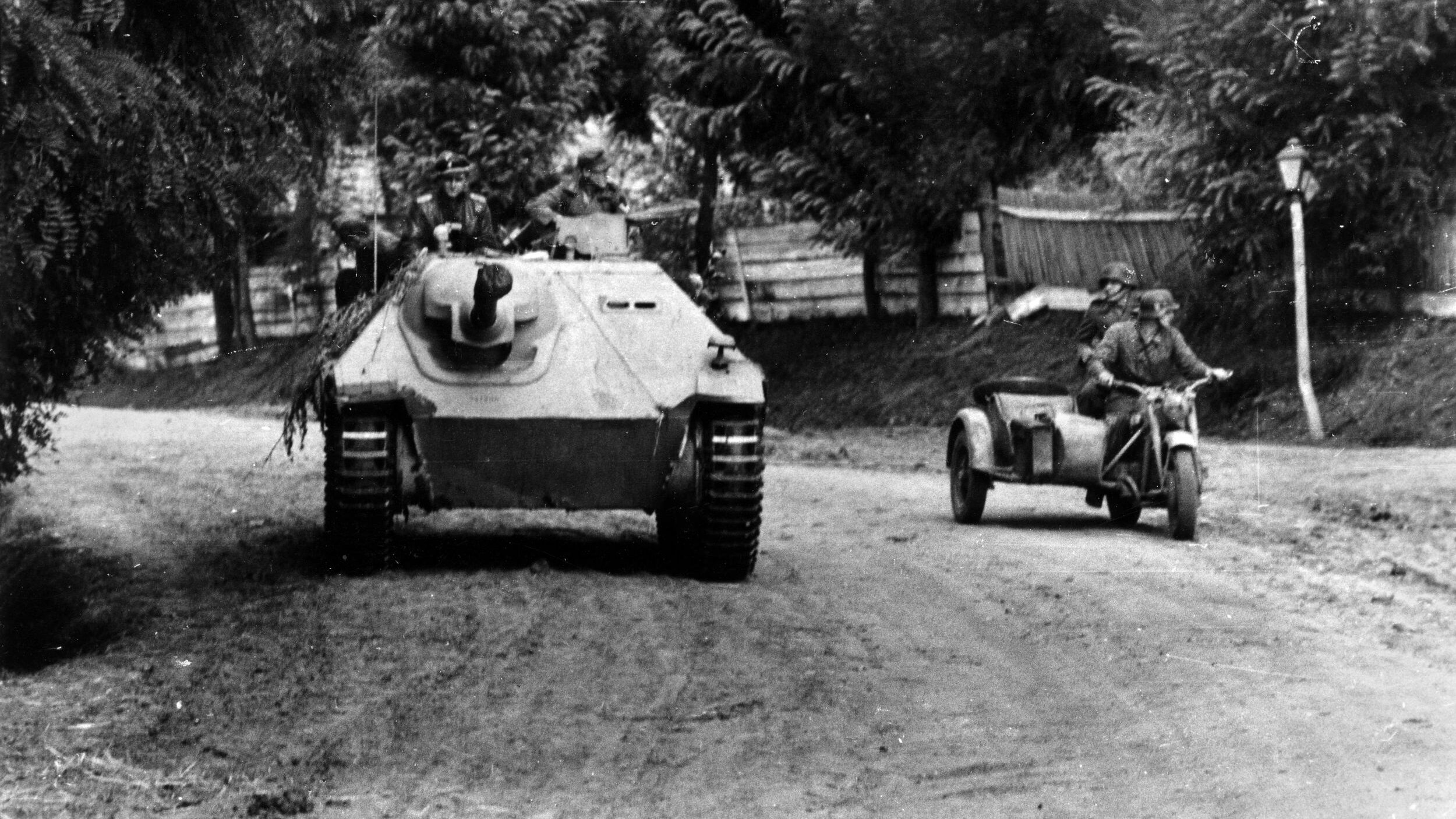
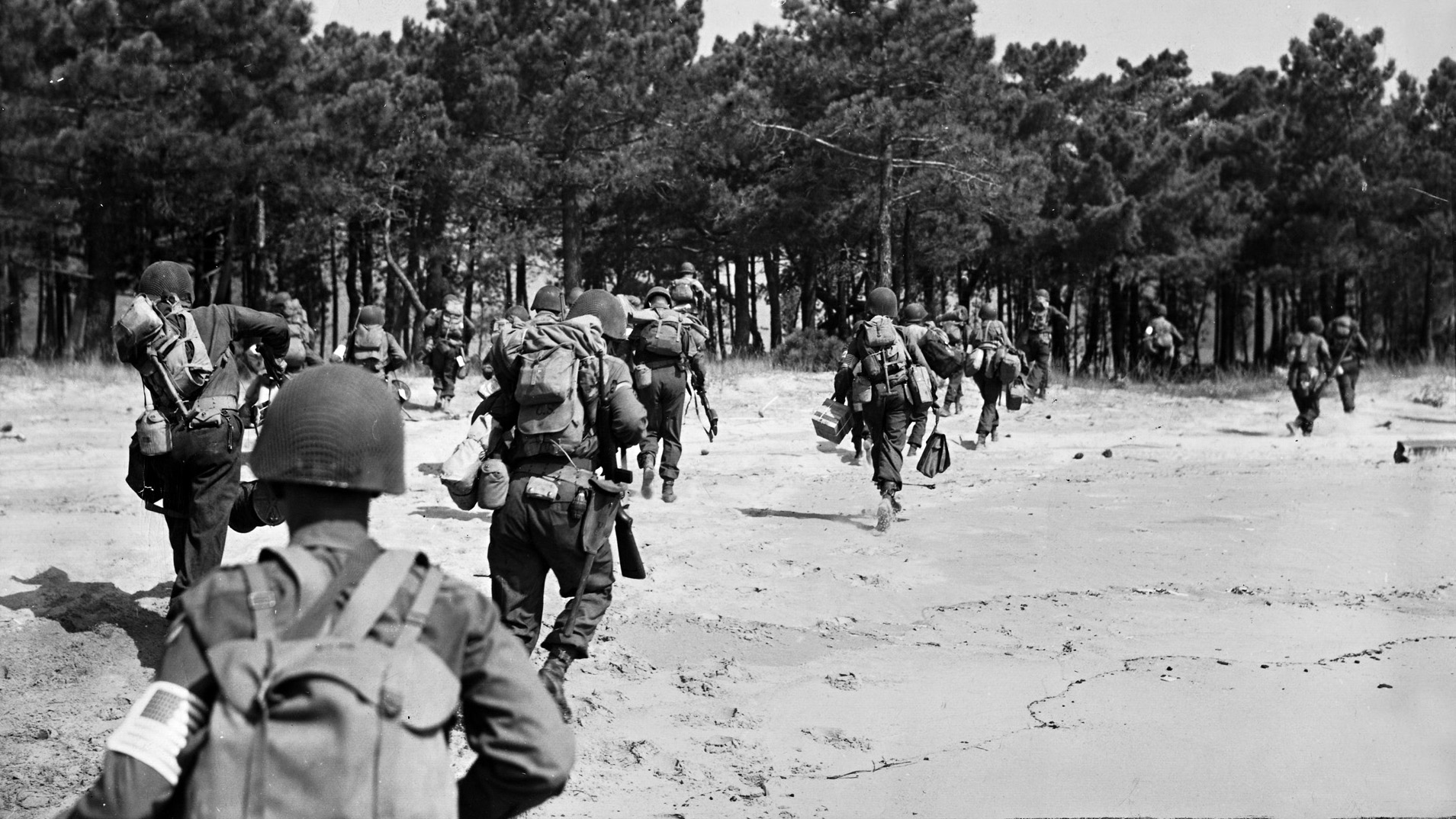
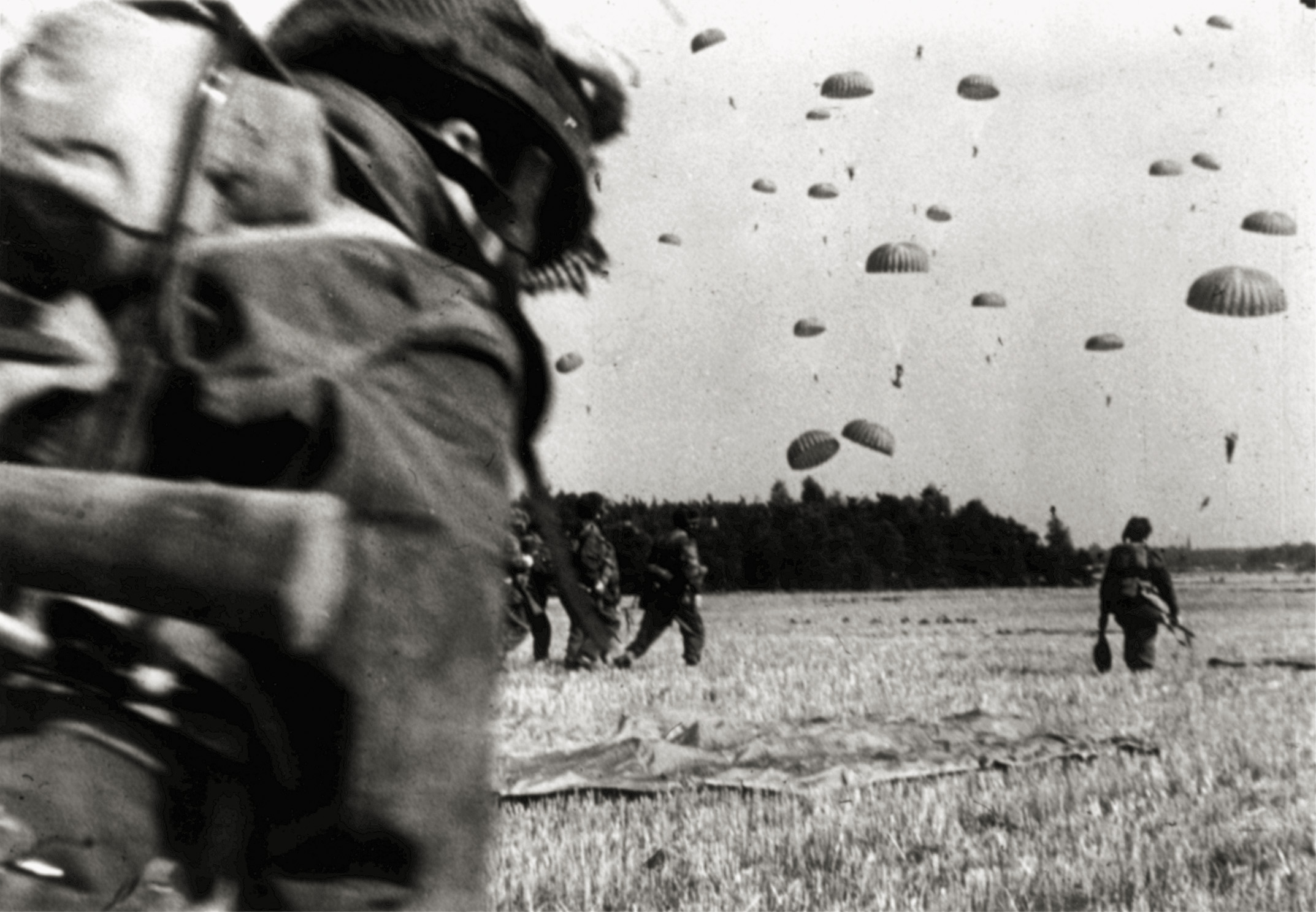
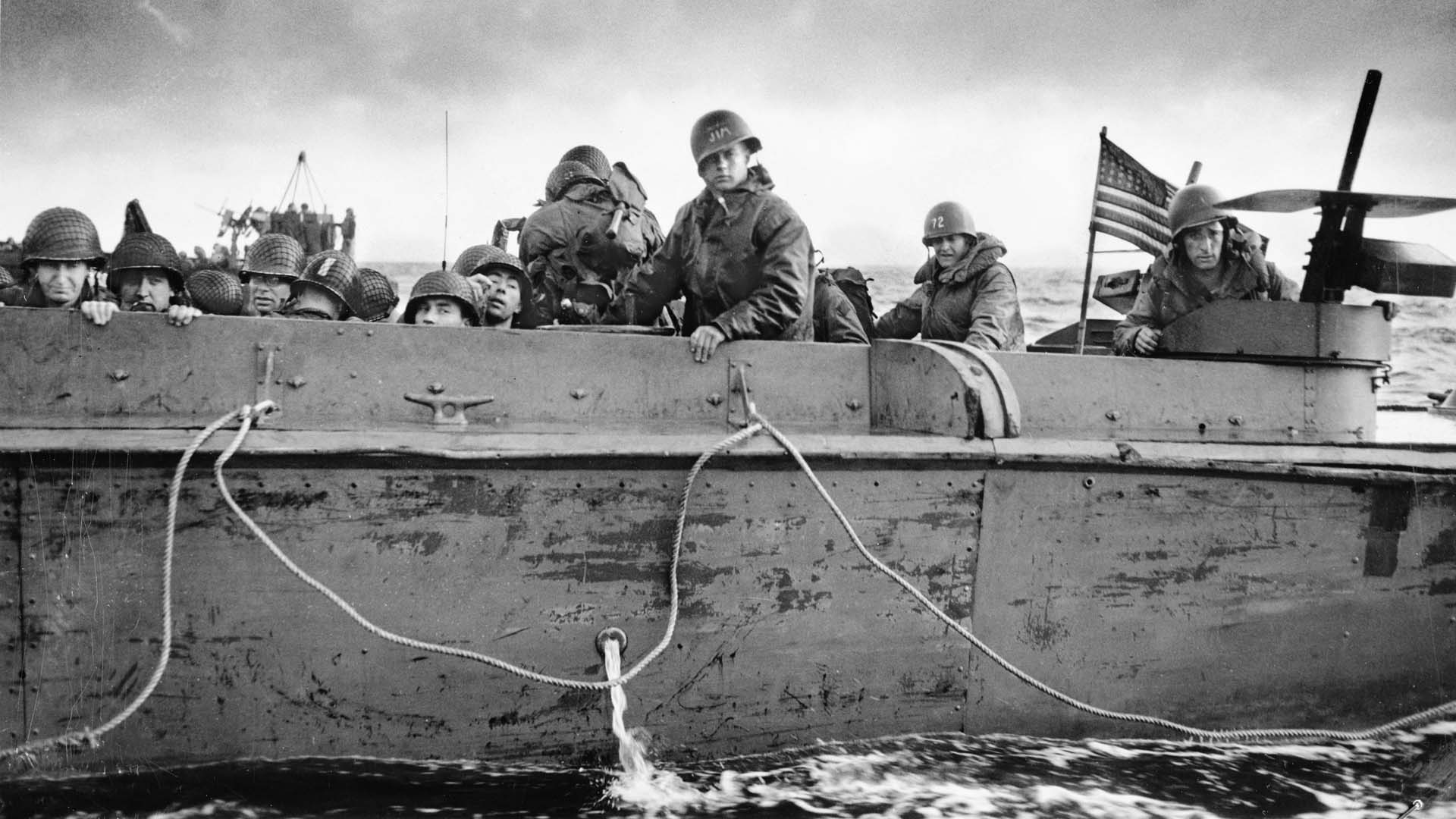
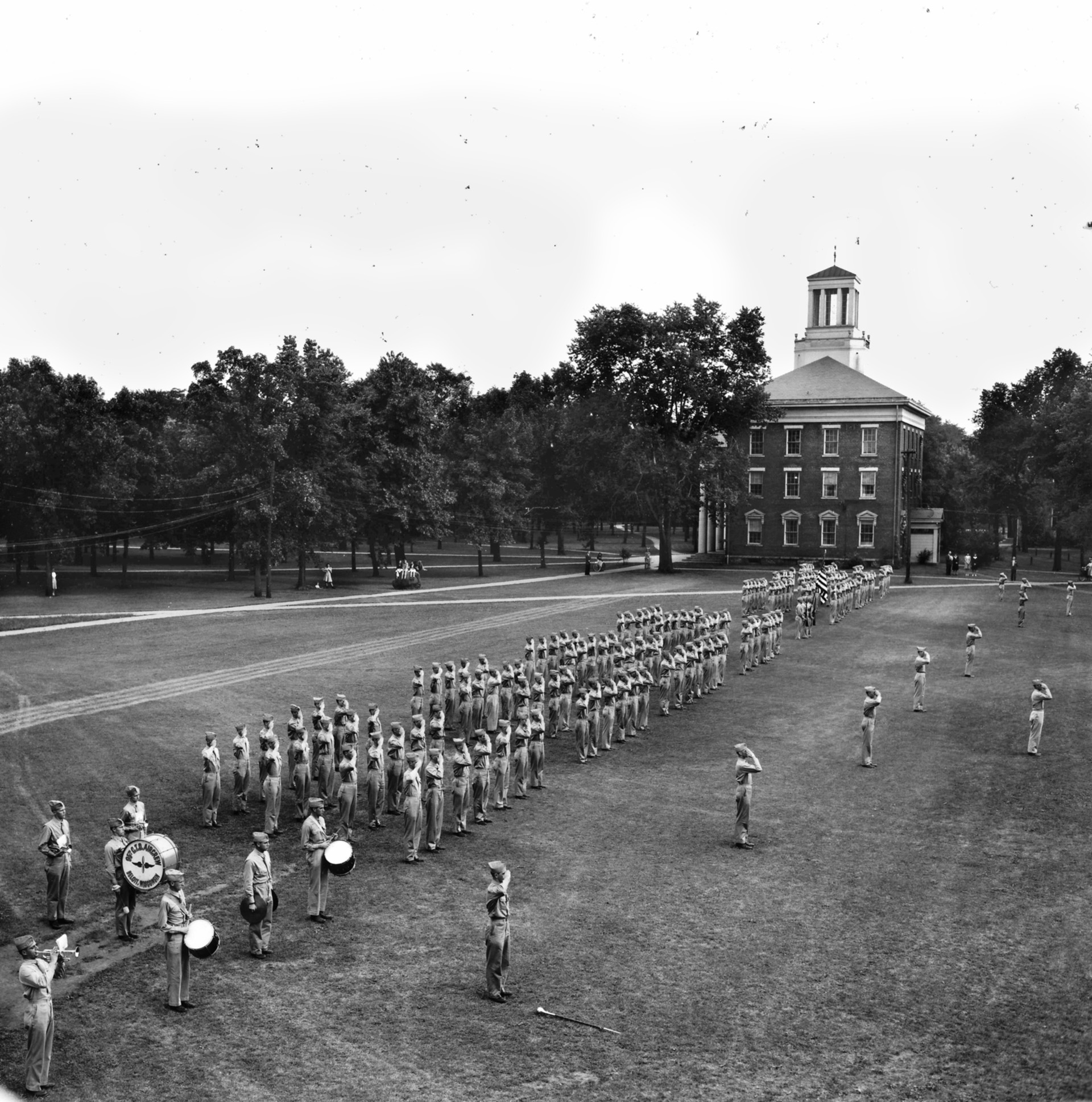
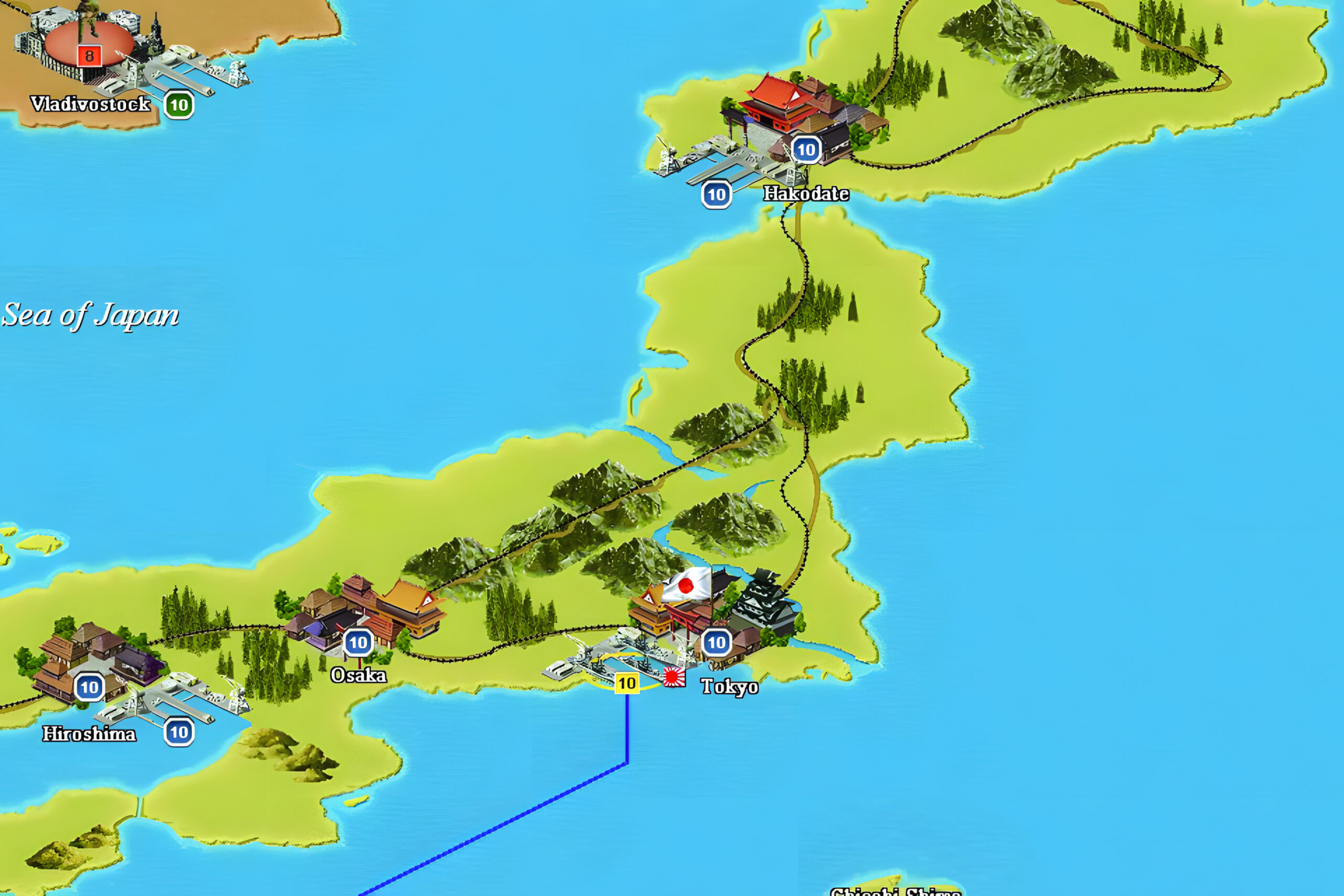
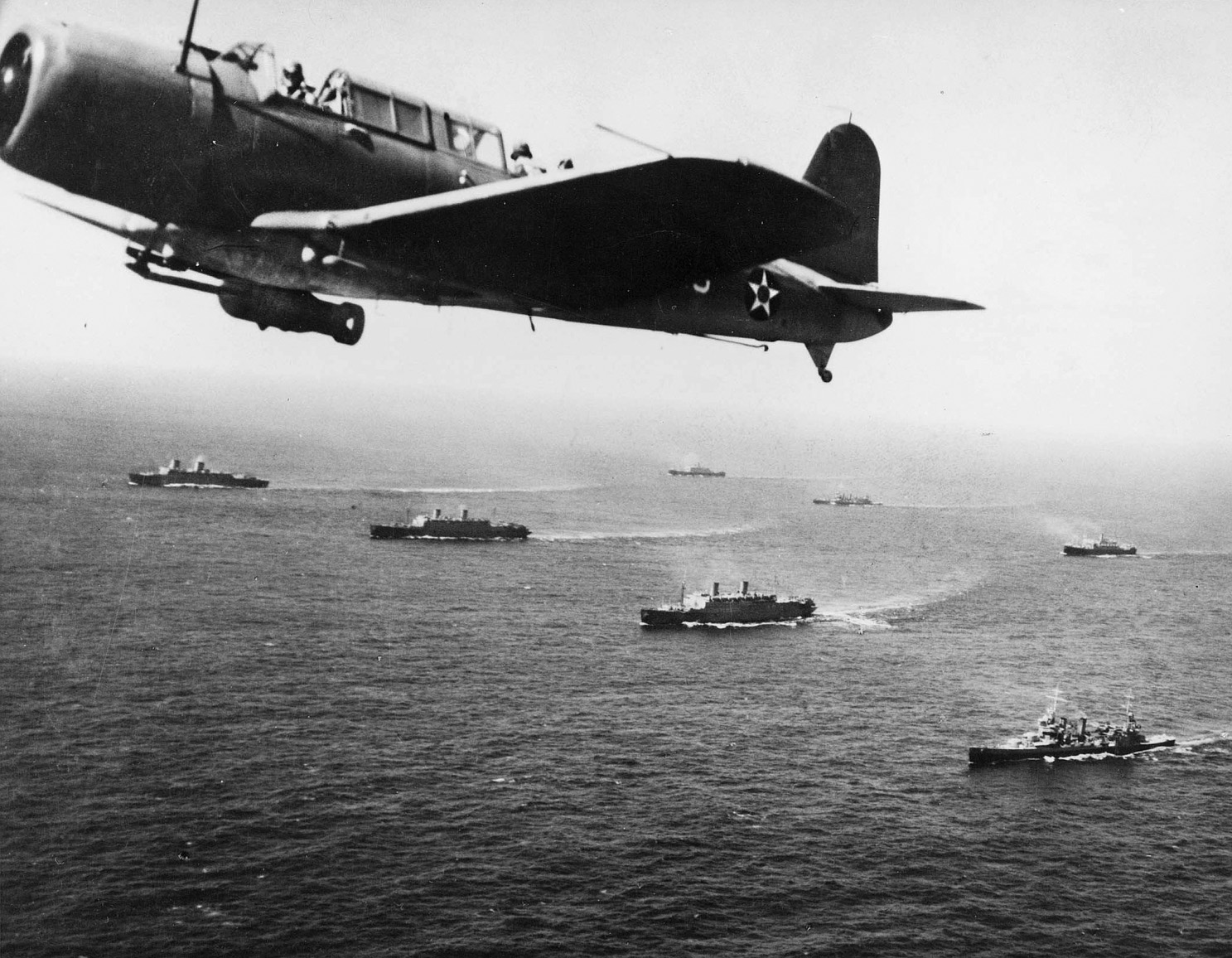
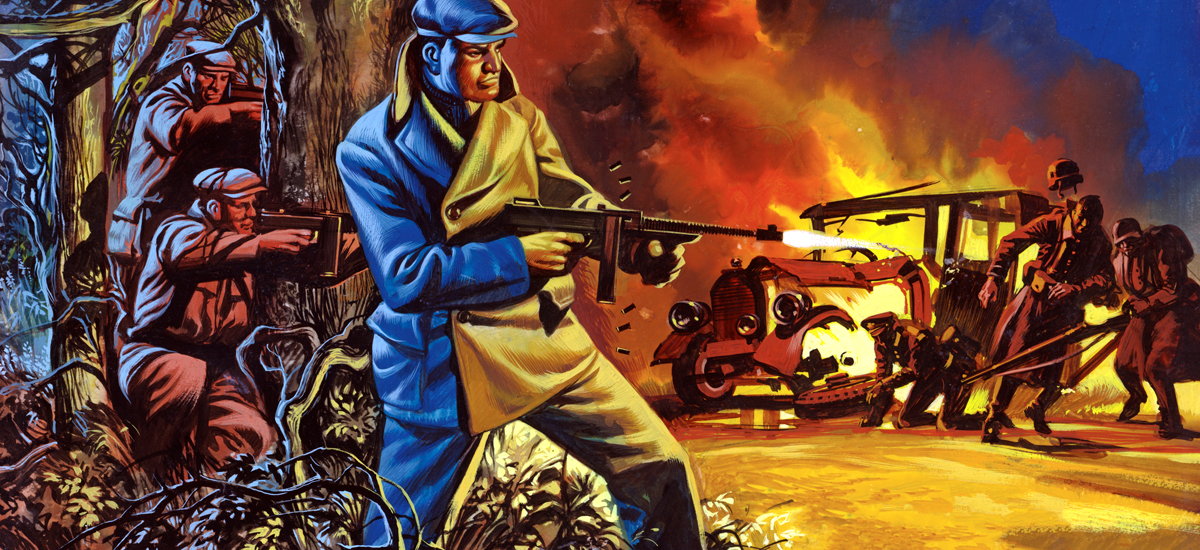
Join The Conversation
Comments
View All Comments